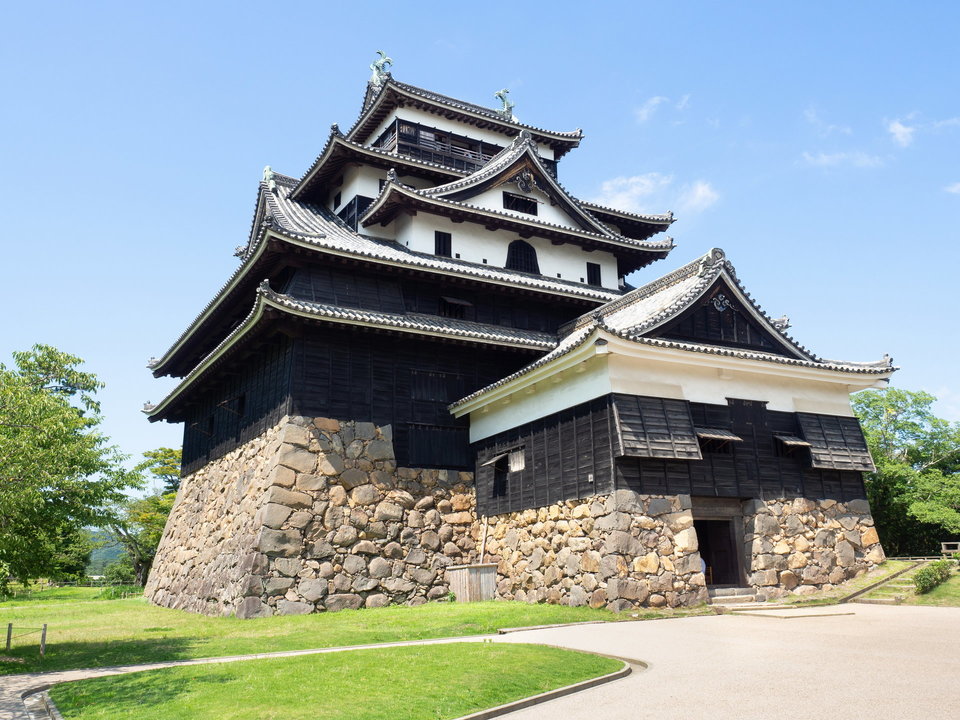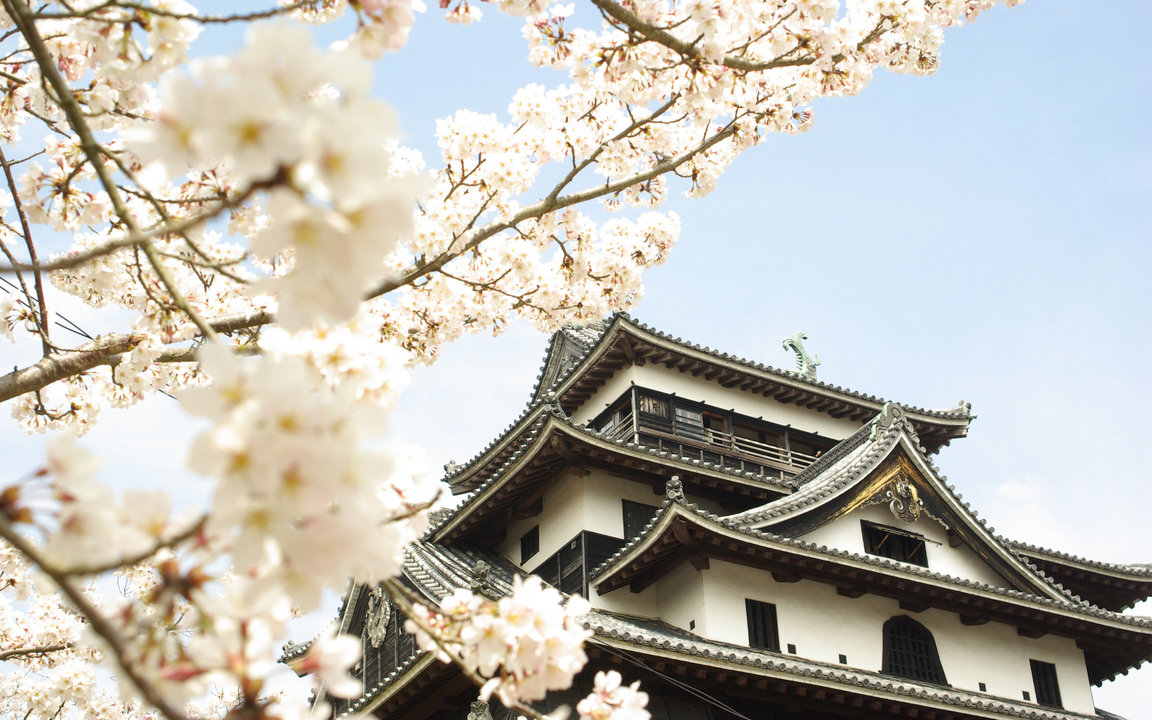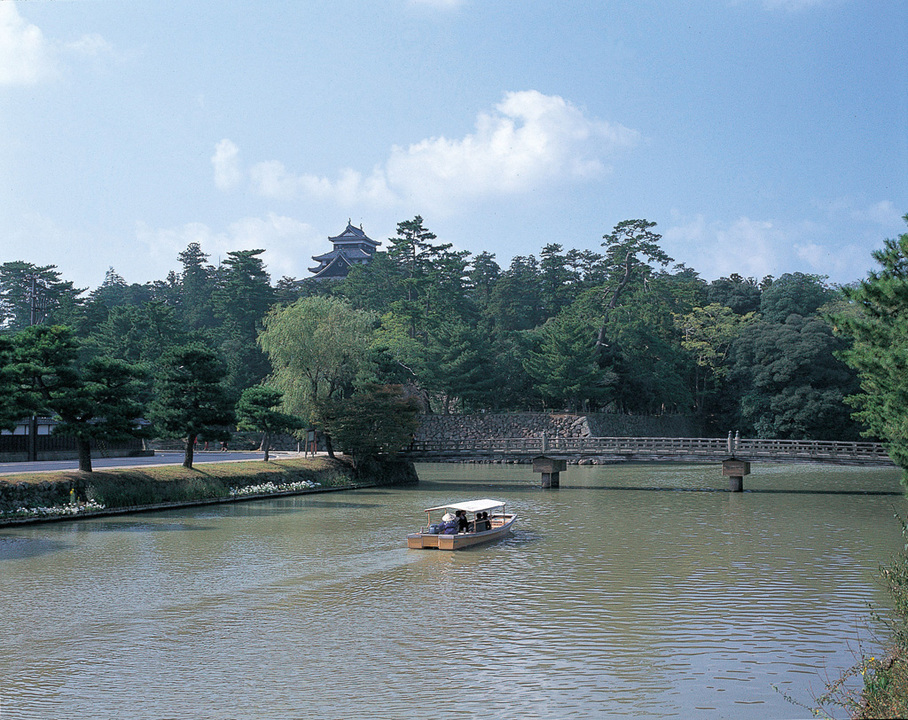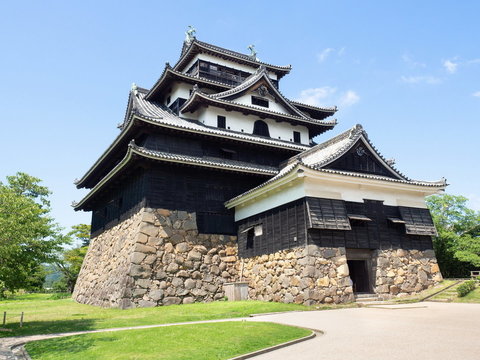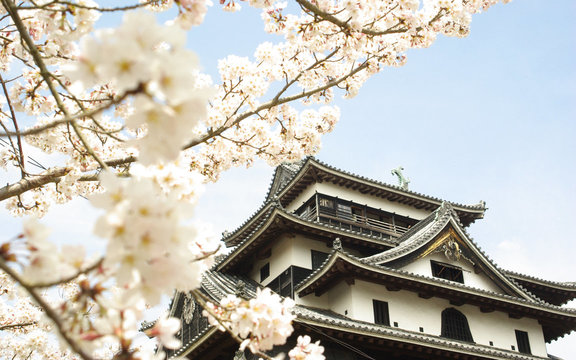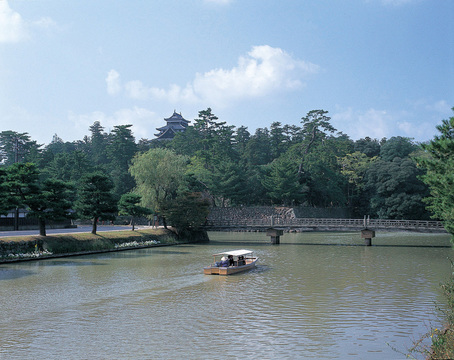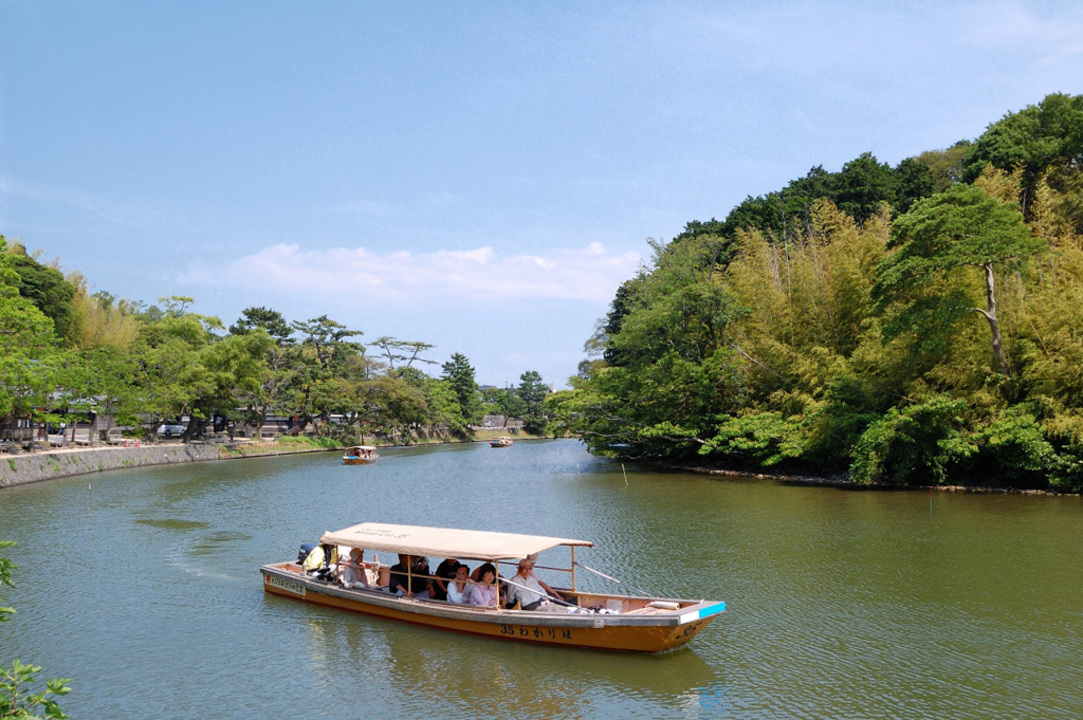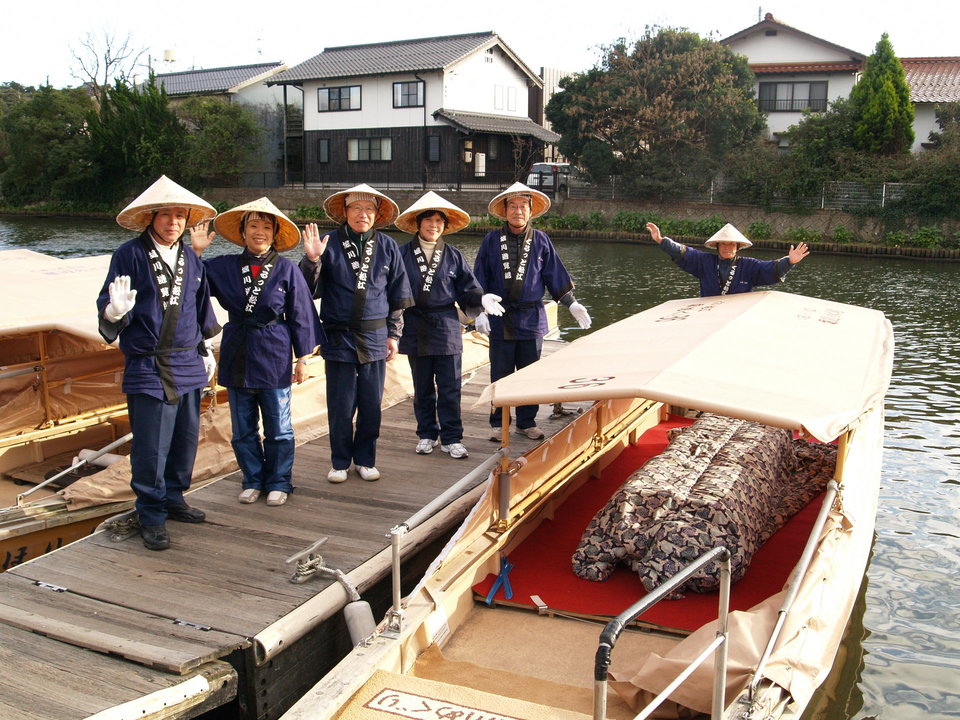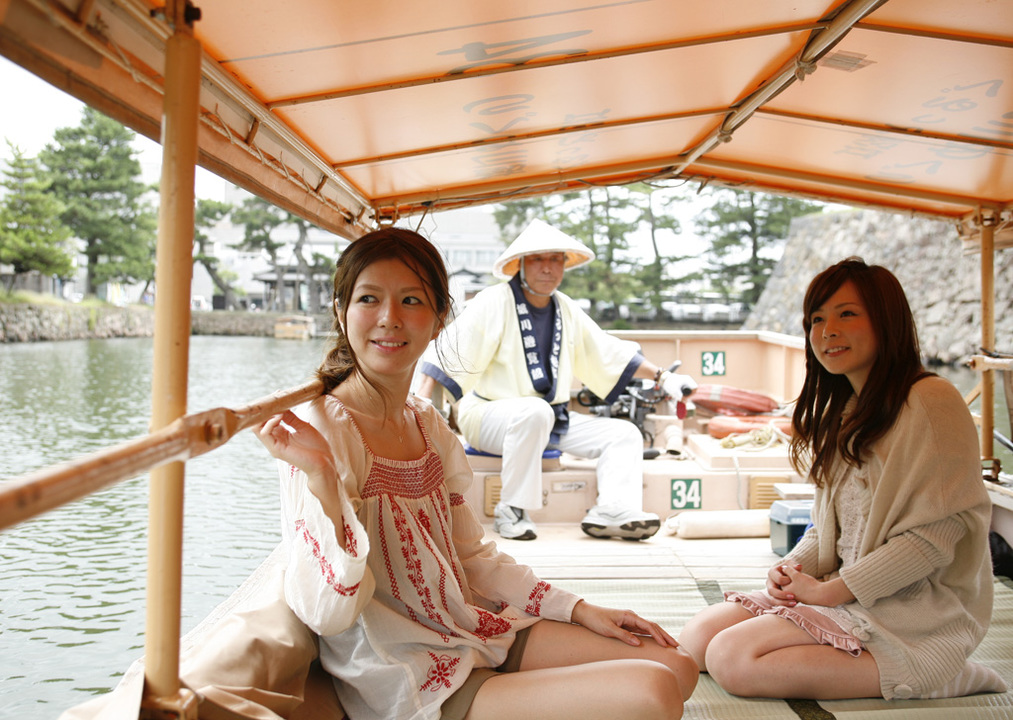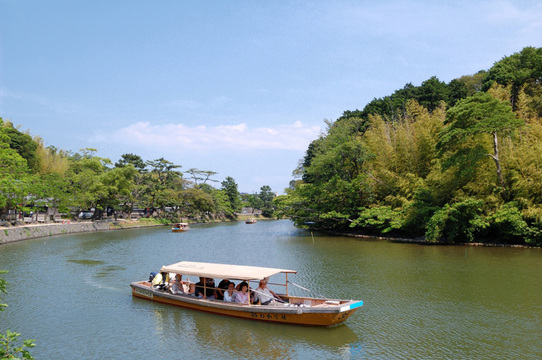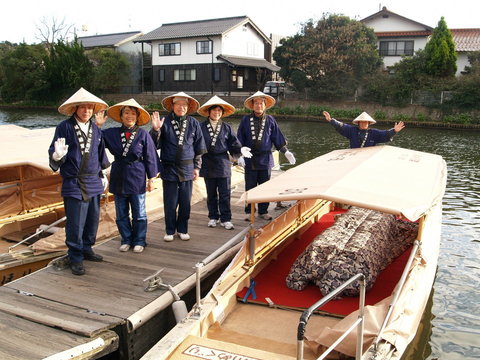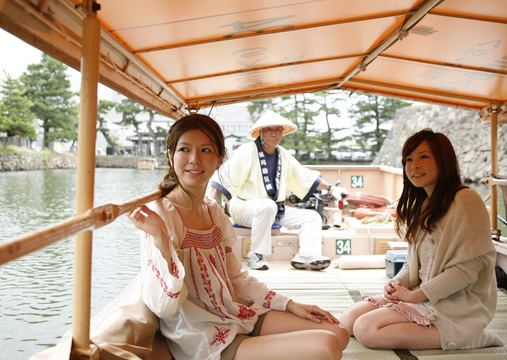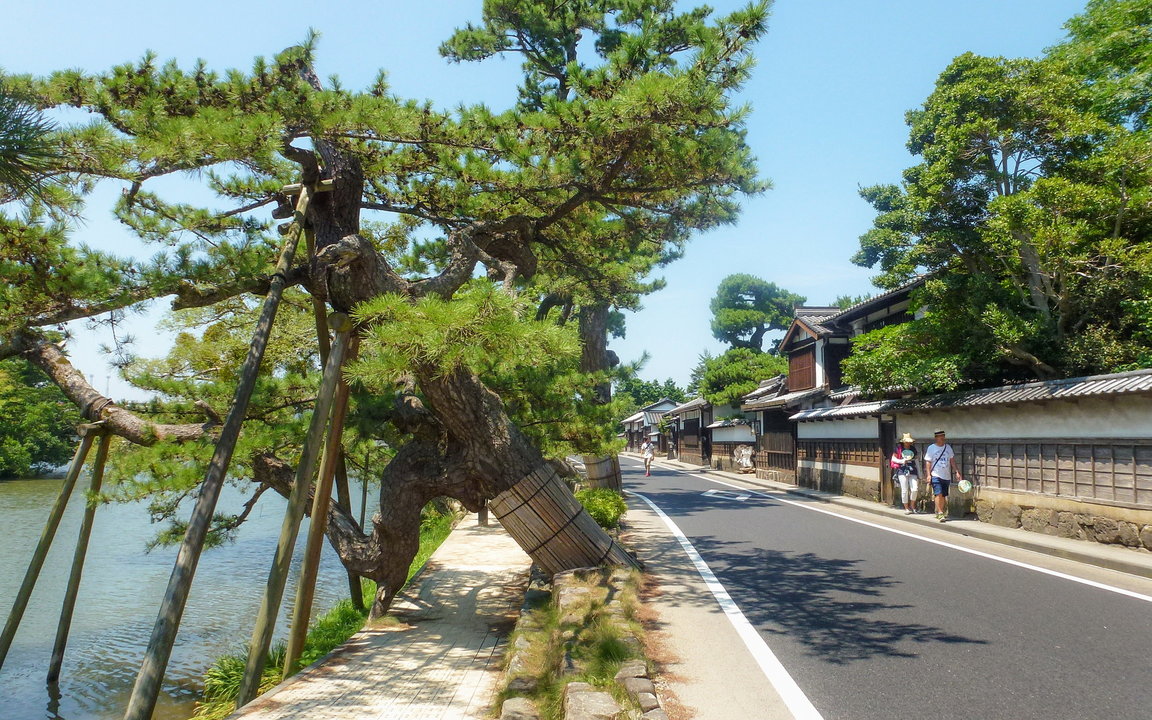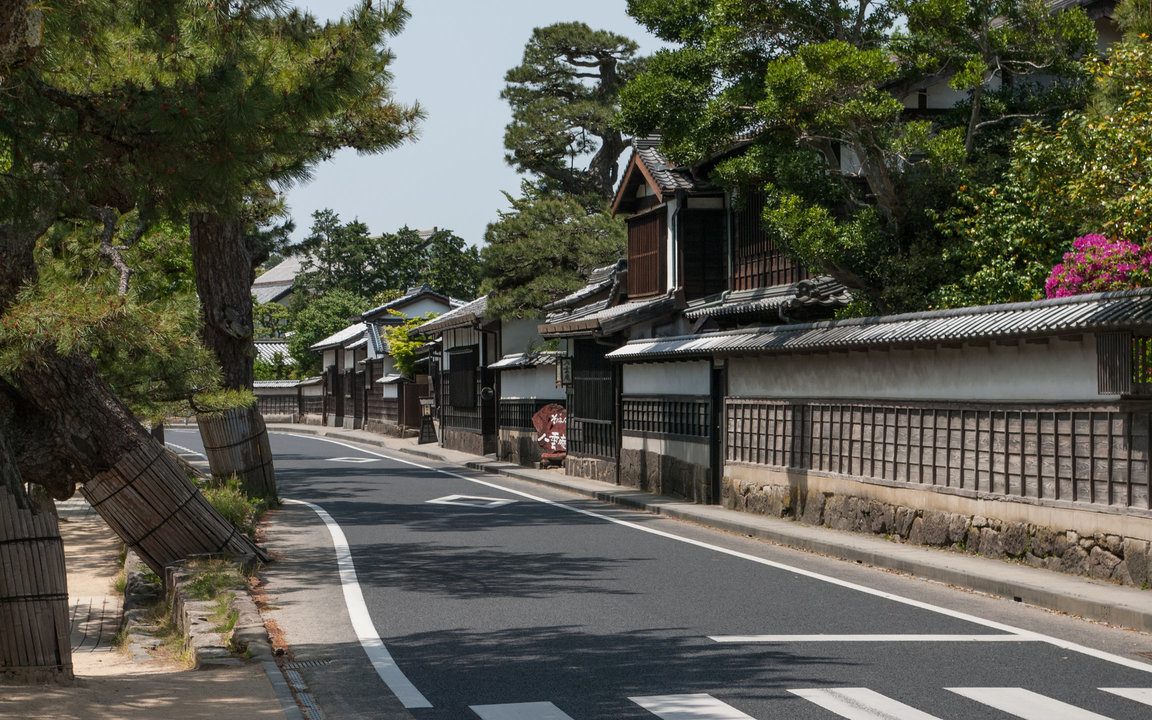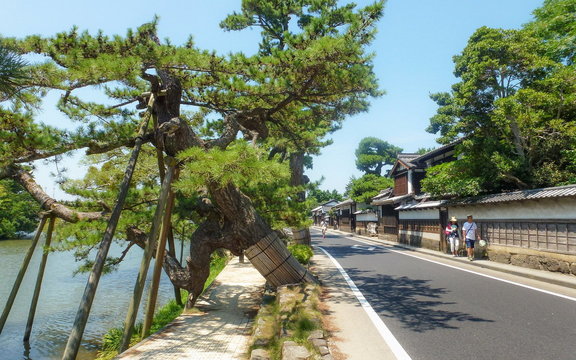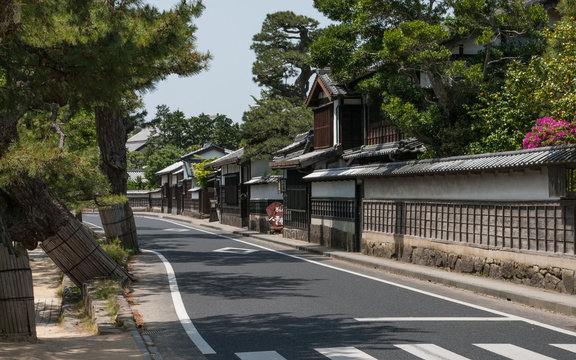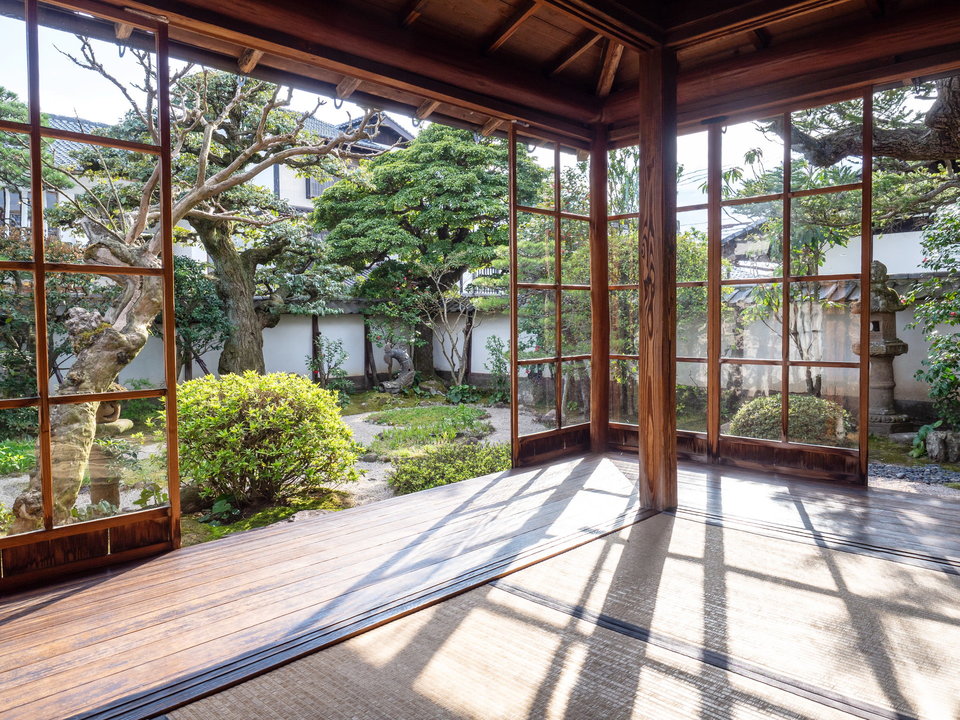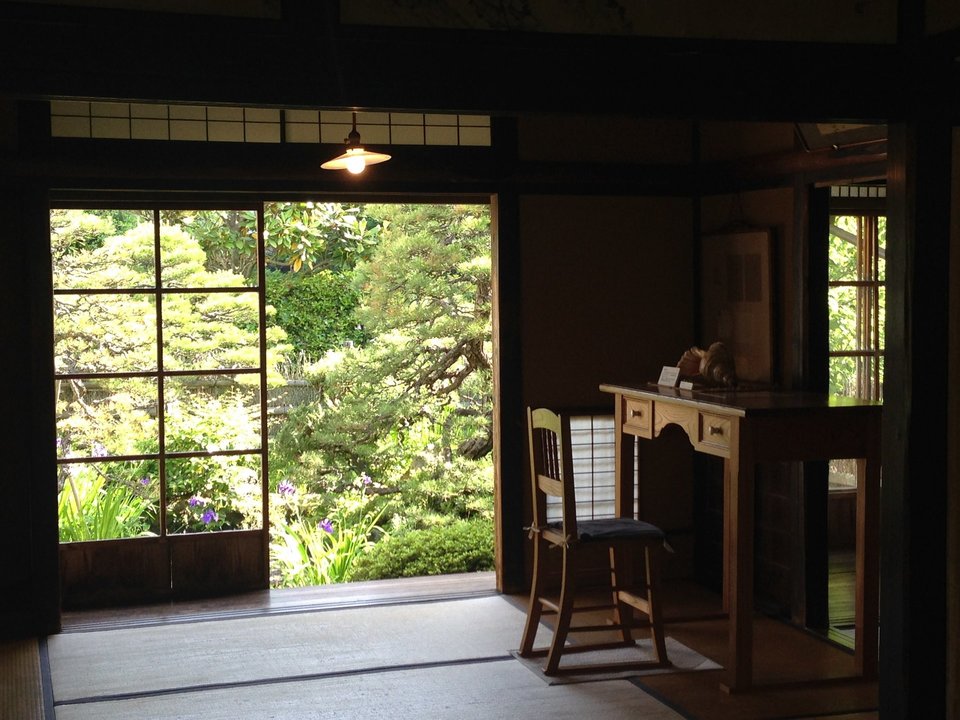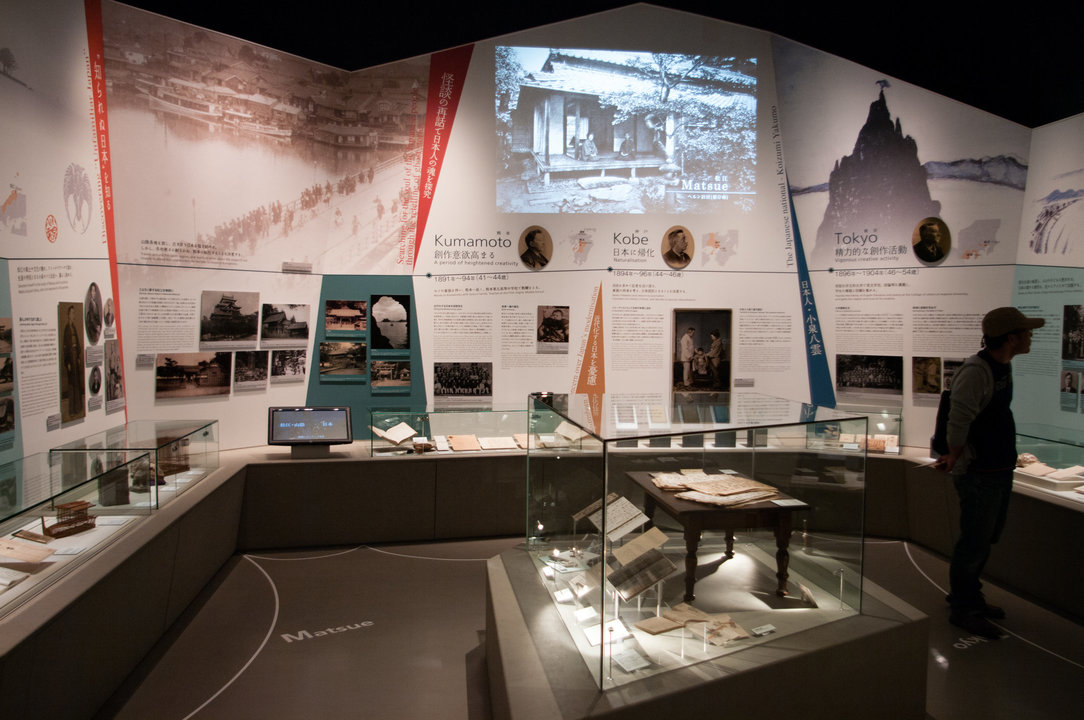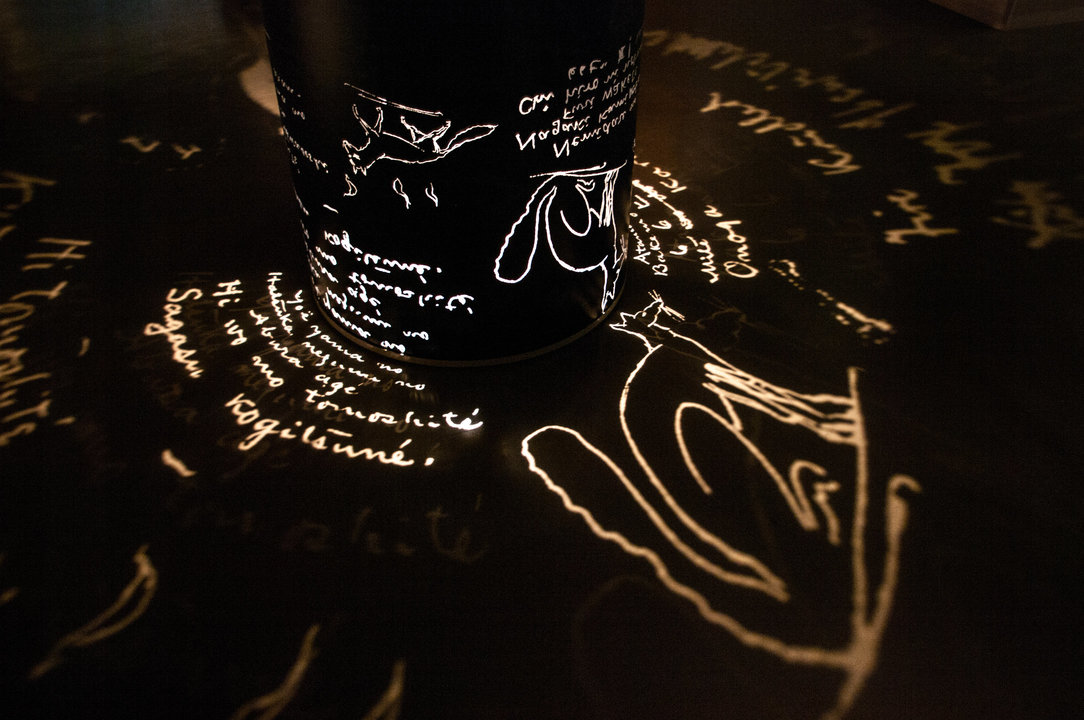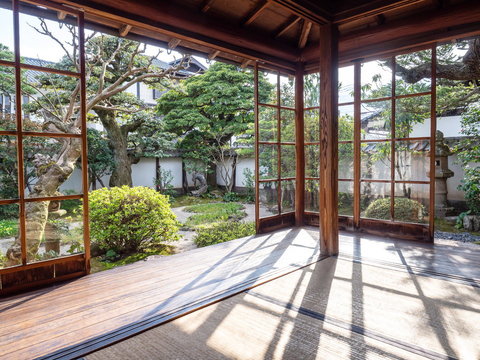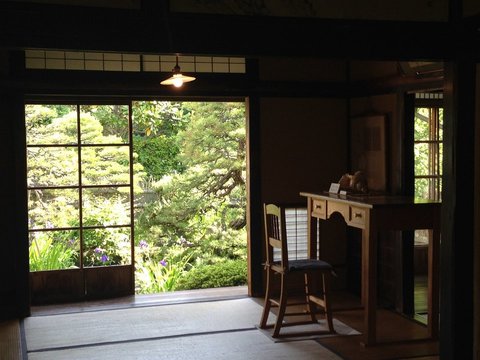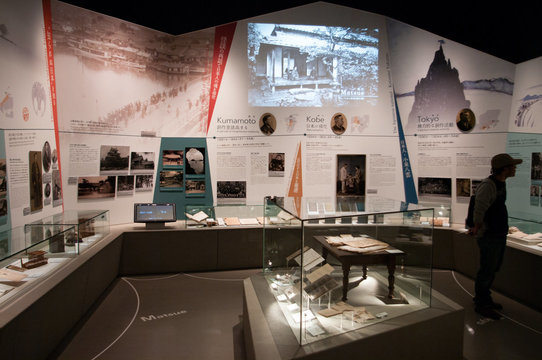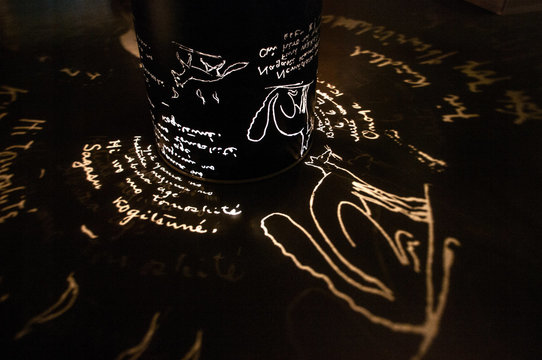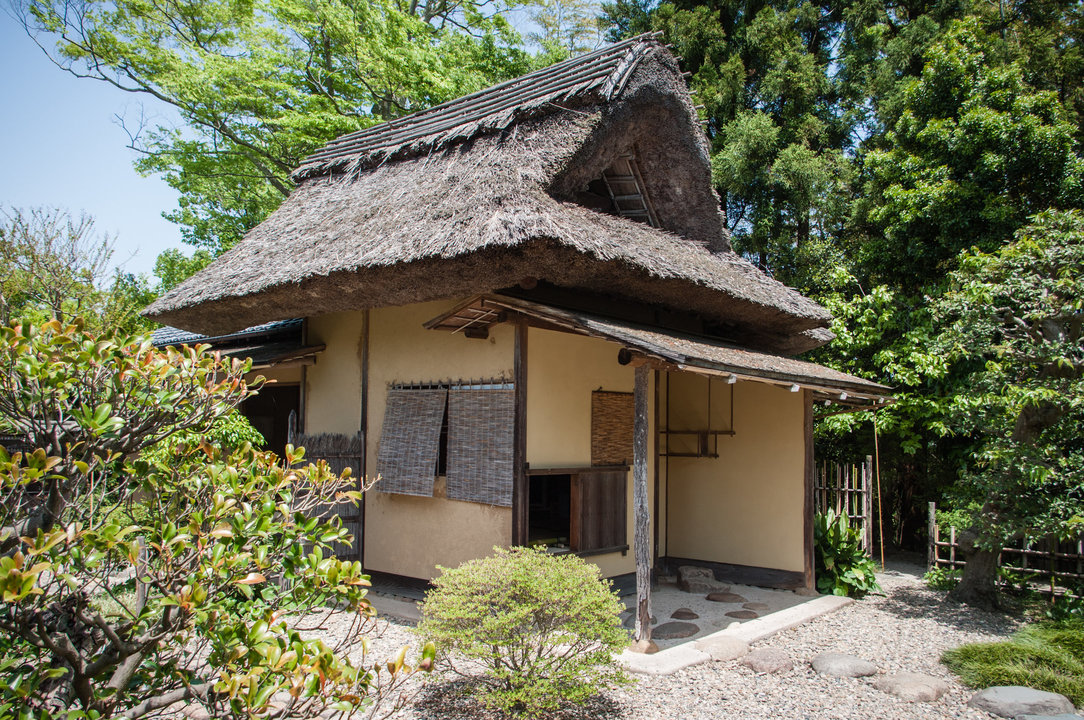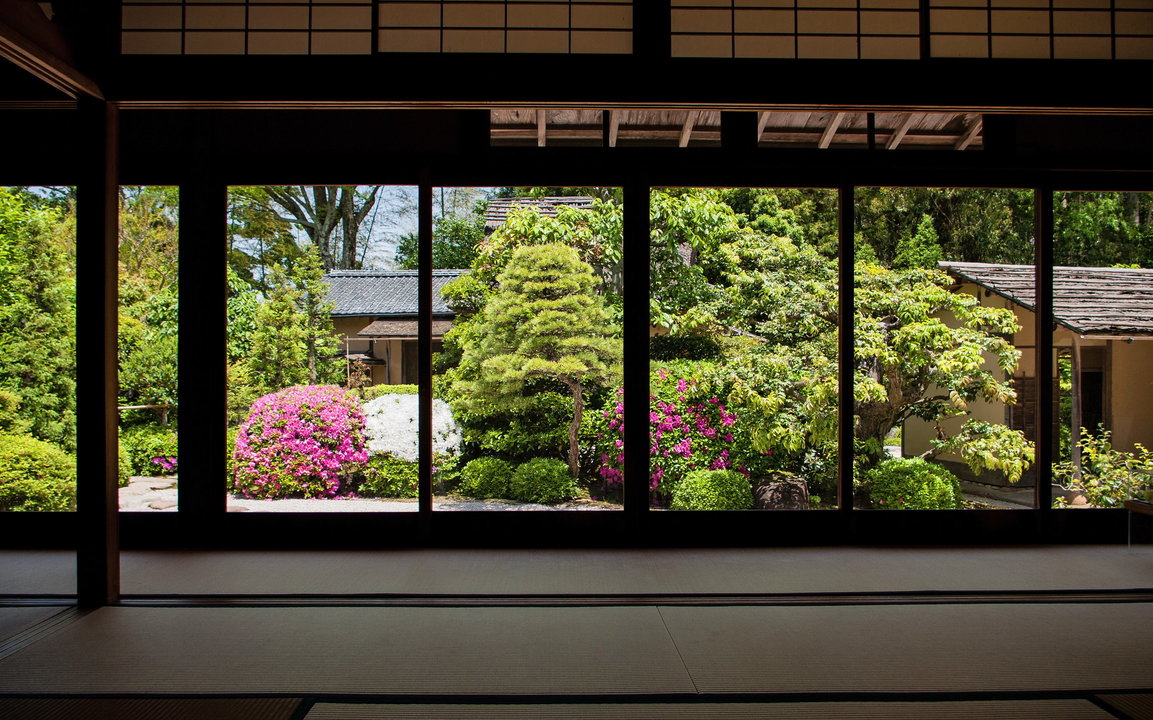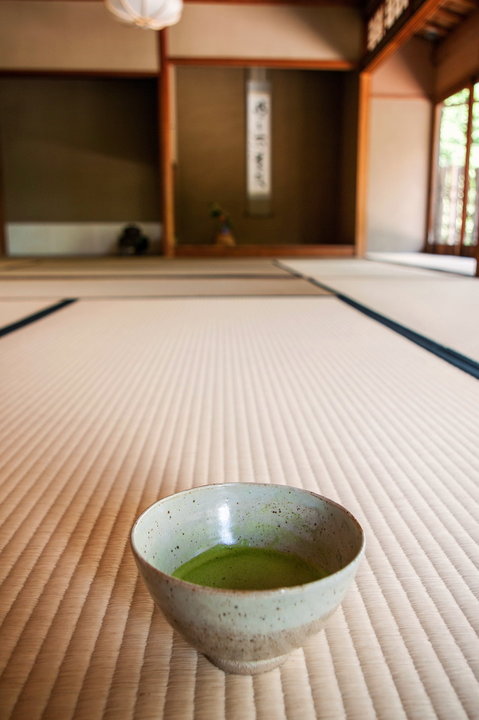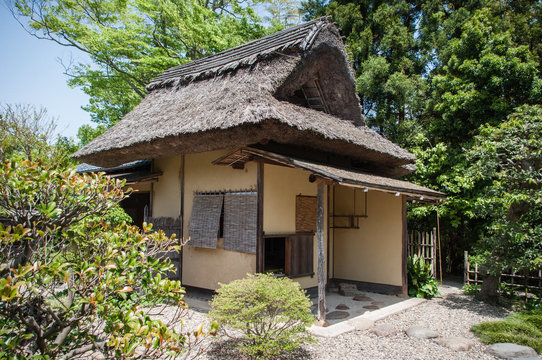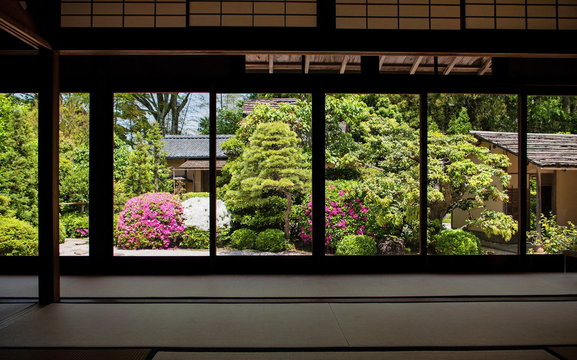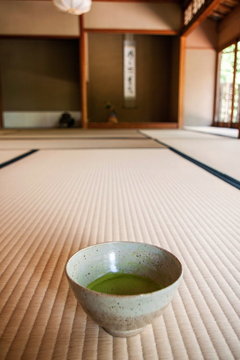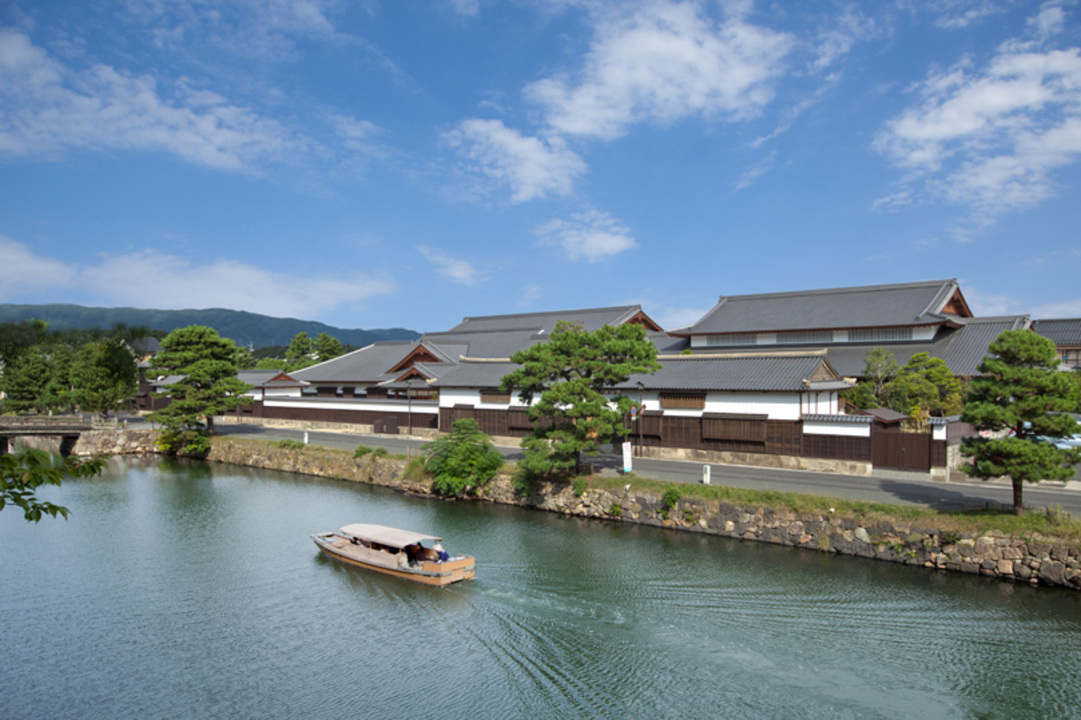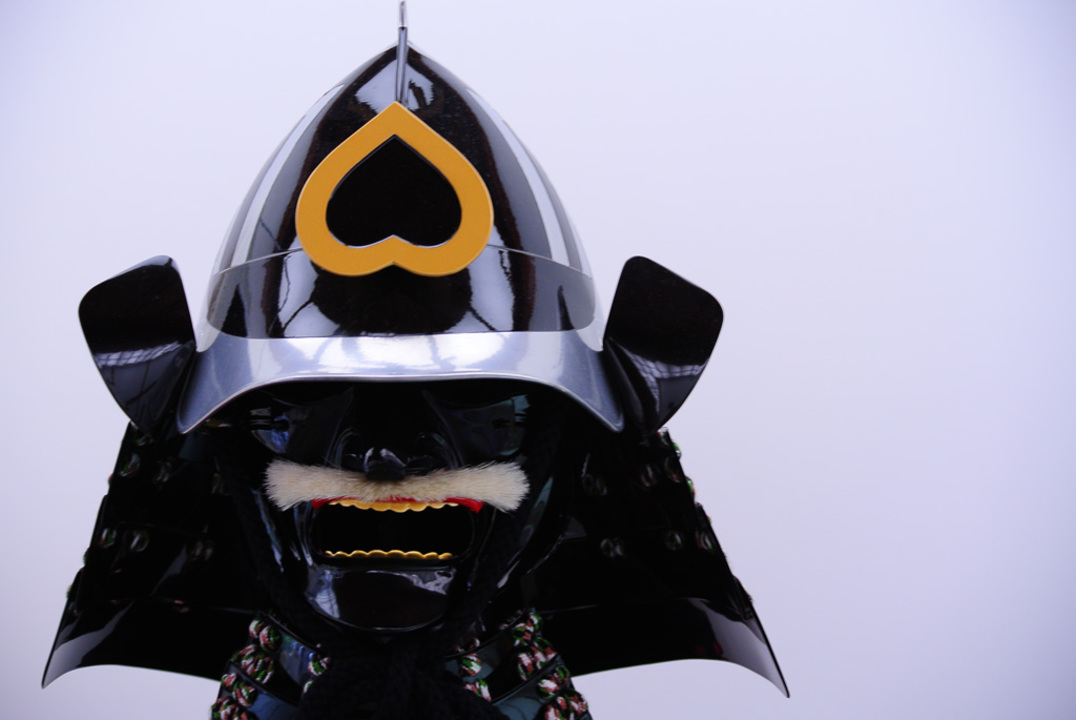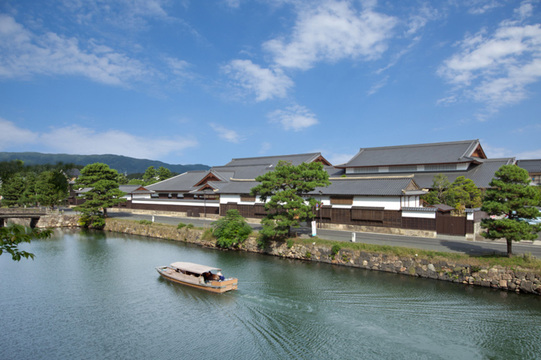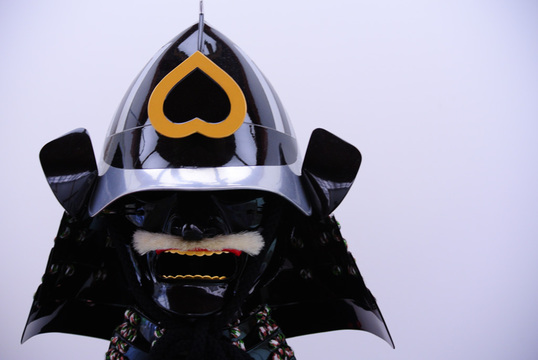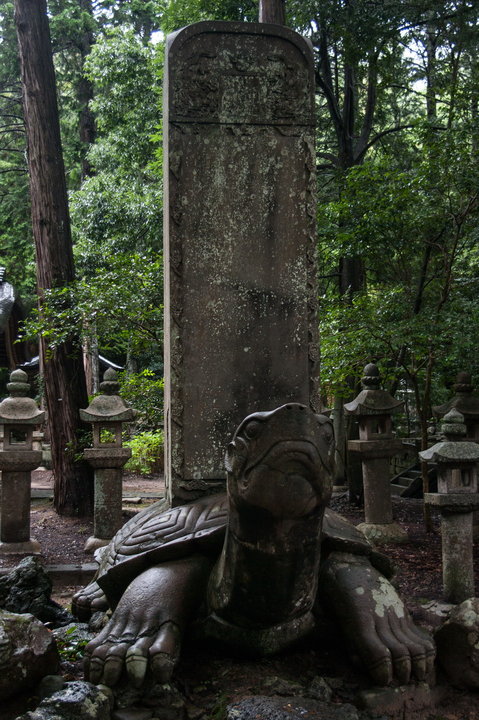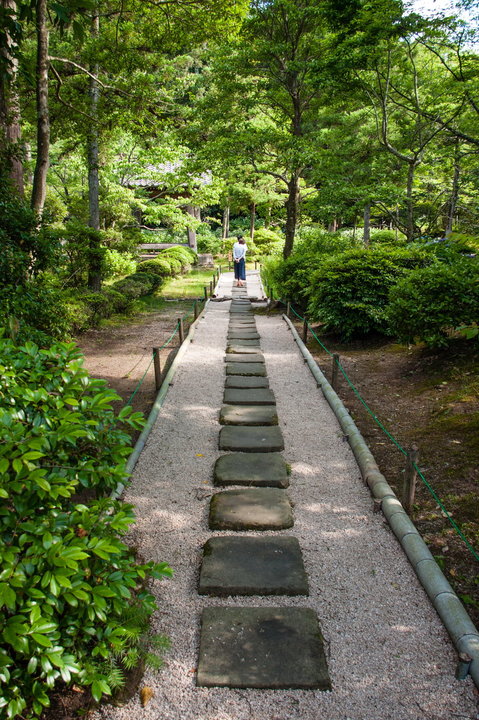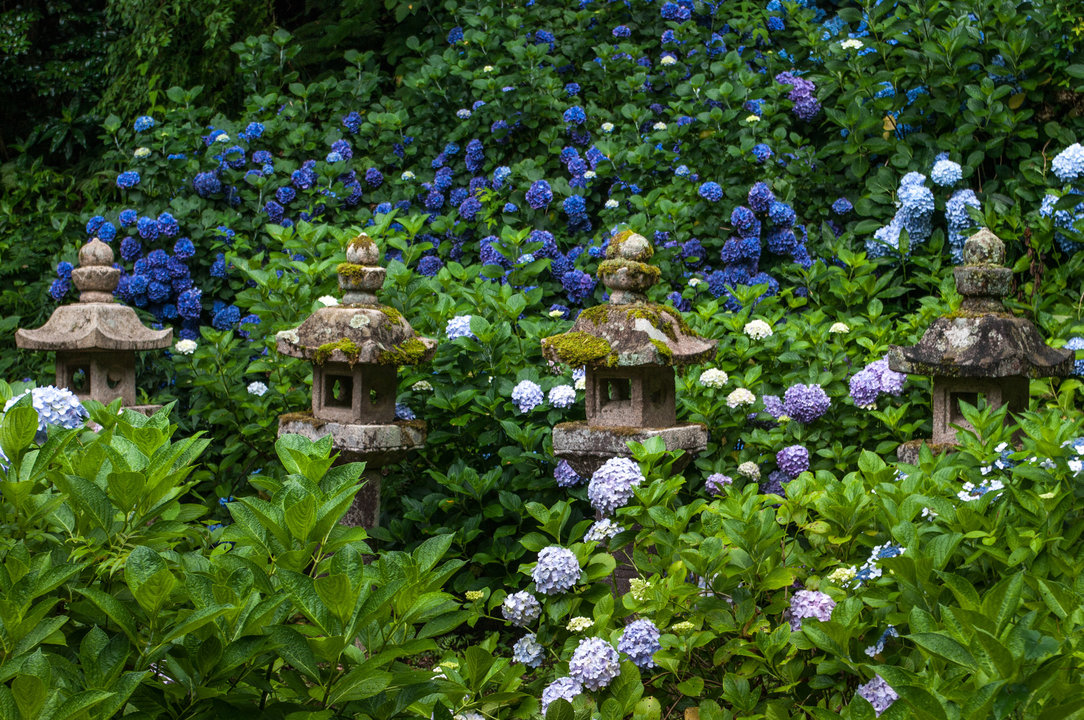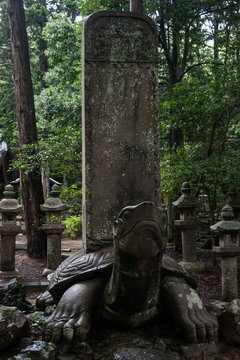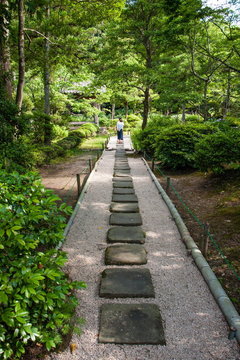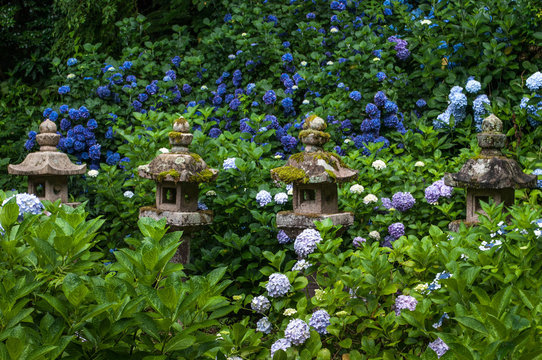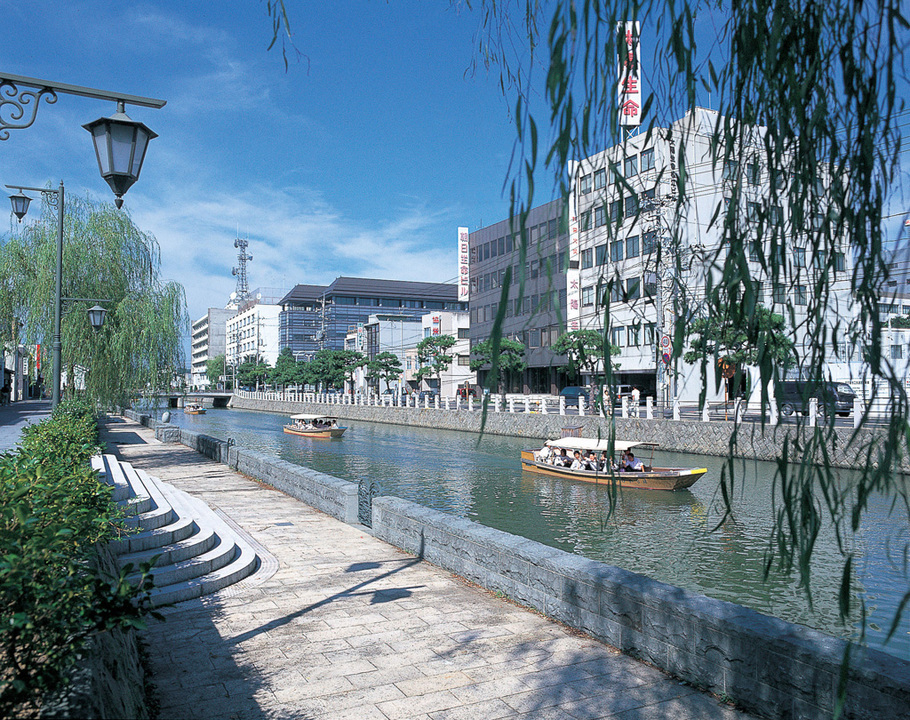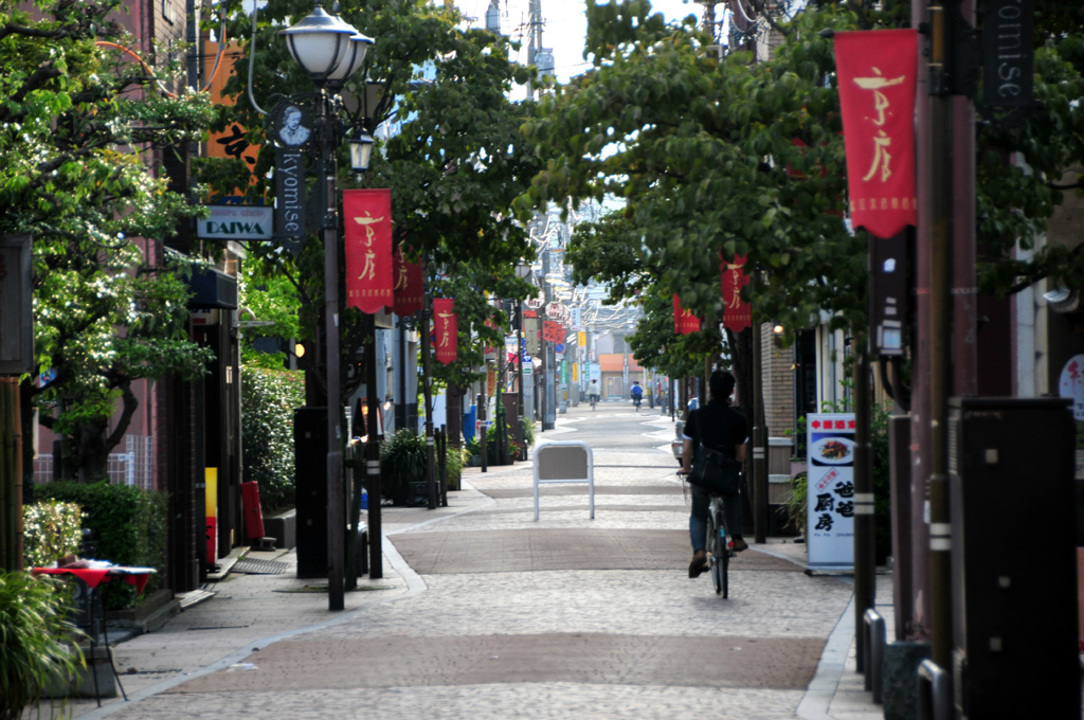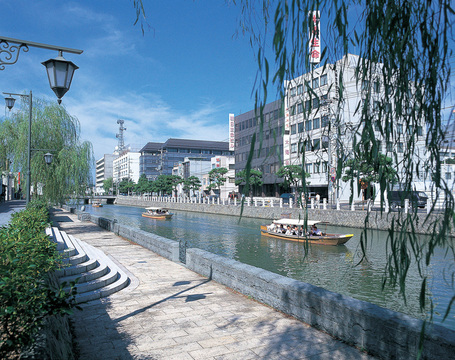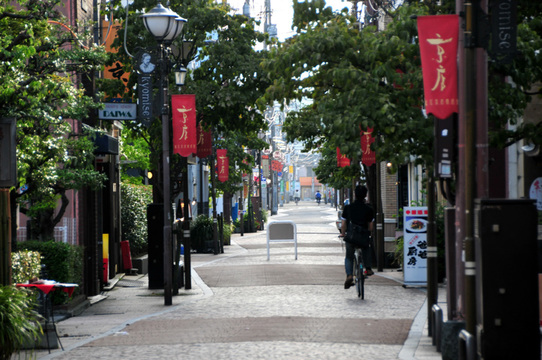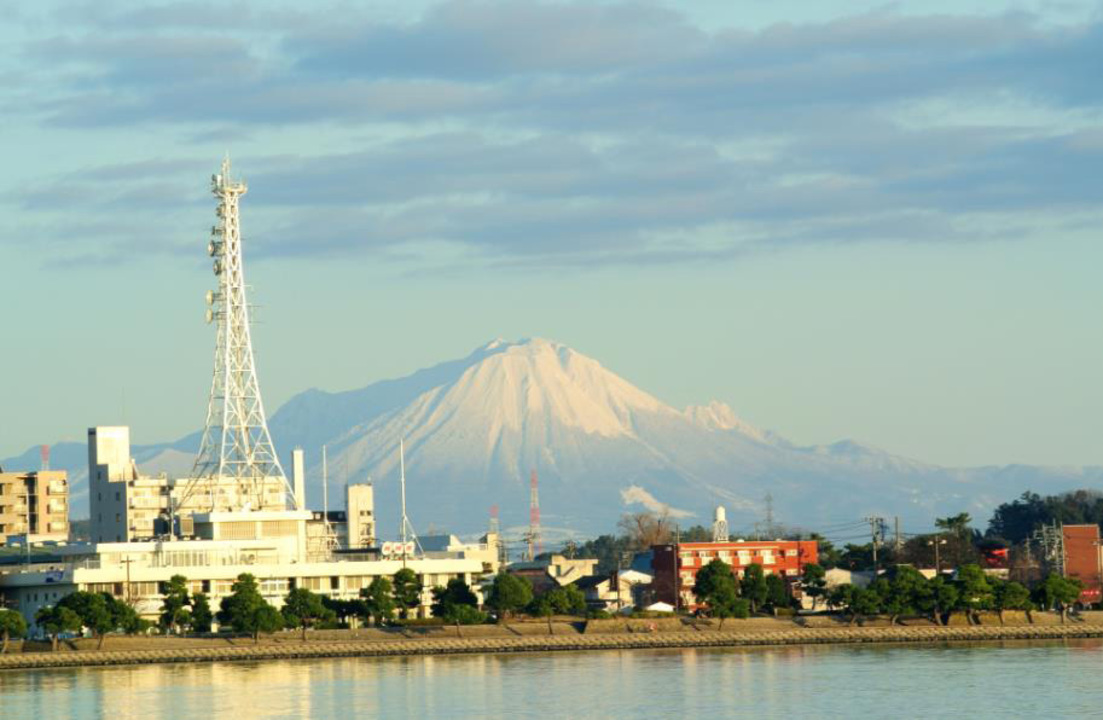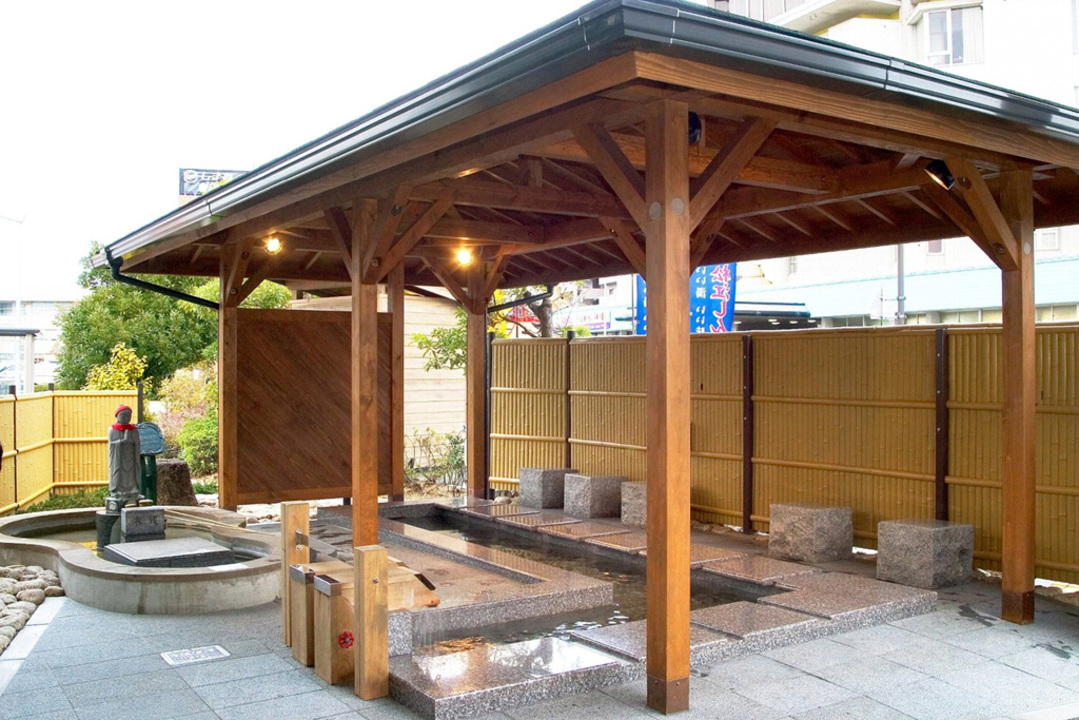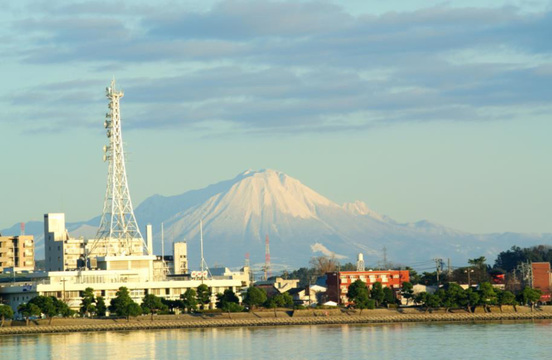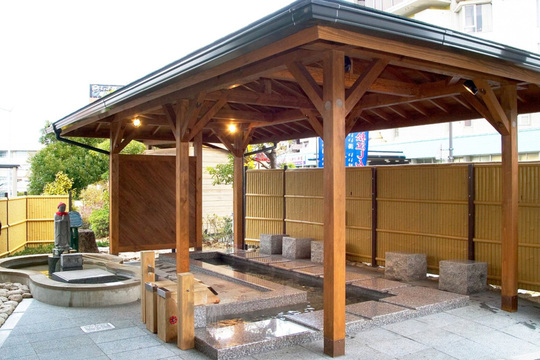North Side
Castle Area
Matsue Castle – 松江城
Completed in 1611 and one of only 12 remaining original castles nationwide, Matsue Castle was built over a five-year period by Horio Yoshiharu, feudal lord and founder of Matsue. It was designated as a national treasure in 2015.
The elegance of the castle’s swooping roofs and decor is often compared to the wings of a plover bird (‘chidori’), which has led to the castle’s nickname, Plover Castle (‘chidori-jo’). There is a museum inside, and the top floor offers a panoramic view of the castle grounds and the city.
The elegance of the castle’s swooping roofs and decor is often compared to the wings of a plover bird (‘chidori’), which has led to the castle’s nickname, Plover Castle (‘chidori-jo’). There is a museum inside, and the top floor offers a panoramic view of the castle grounds and the city.
| Admission fee | Matsue Castle (Adult) ¥680 |
|---|---|
| Hours | Open 7 days a week [Entry to the Central Bailey] Apr.-Sept. 7:00 - 19:30 Oct.-Mar. 8:30 - 17:00 [Entry to the Castle Tower] Apr.-Sept. 8:30 - 18:30 (Entry by 18:00) Oct.-Mar. 8:30 -17:00 (Entry by 16:30) |
| URL | http://www.matsue-tourism.or.jp/m_castle/ (Japanese) |
| Tel | 0852-21-4030 |
| Access | 2 kilometres from JR Matsue Station. 10 minutes by Ichibata bus, disembark at Kencho-mae bus stop (in front of Shimane Prefectural Office). |
Horikawa Sightseeing Boat – 堀川遊覧船
This boat tour circles the castle’s historical inner and outer moats, passing points of interest which you may not see otherwise. The boat also passes under particularly low-built bridges from time to time, meaning the passengers need to duck down as the roof lowers. Kotatsu heaters are placed in the boat during winter and passengers can literally experience the "warmth" of Japanese tradition.
| Admission fee | Horikawa Sightseeing Boat (Adult) ¥1,600 |
|---|---|
| Hours | Operates Daily 1 Mar - 10 Oct, 9:00-17:00 11 Oct - Feb, 9:00-16:00 |
| URL | http://www.matsue-horikawameguri.jp/language/en/index.html |
| Tel | 0852-27-0417 |
| Access | There are three boarding piers where you can embark and disembark freely to explore the City of Water by boat or on foot. Click here to access the Boat Route Map. The total length of one full tour is approximately 40 minutes. |
Shiomi Nawate Street & Samurai Residence – 塩見縄手・武家屋敷
Shiomi Nawate is a 500m long street running along the castle moat that is lined with traditional Japanese houses on one side and majestic pine trees on the other. It has been designated as a traditional aesthetic zone. A finely preserved samurai residence (buke yashiki), open to public viewing, is located at the half-way point of this street. There, you can see what life for a middle-class samurai in the Edo period was like.
Shiomi Nawate also has a soba restaurant (Yakumo-an) and other souvenir shops, as well as the Tanabe Museum, containing many artefacts relating to the tea ceremony. The former residence of Lafcadio Hearn and his memorial museum are also located there.
Shiomi Nawate also has a soba restaurant (Yakumo-an) and other souvenir shops, as well as the Tanabe Museum, containing many artefacts relating to the tea ceremony. The former residence of Lafcadio Hearn and his memorial museum are also located there.
| Samurai Residence (Buke Yashiki) - Admission fee | ¥310 |
|---|---|
| Hours | Open 7 days a week Apr - Sep, 8:30 - 18:30 (Reception until 18:00) Oct - Mar, 8:30 - 17:00 (Reception until 16:30) |
| URL | http://www.matsue-tourism.or.jp/buke/ (Japanese) |
| Tel | 0852-22-2243 |
| Access | The Samurai Residence is located in the middle of Shiomi Nawate Street, which is located approximately 500 metres from Matsue History Museum. (Lakeline bus stop 10) |
Lafcadio Hearn’s Former Residence & Memorial Museum – 小泉八雲旧居・記念館
Lafcadio Hearn (1850-1904), an open-minded writer who and world-traveller who was born in Greece, lived in various countries, and moved to Matsue as an English teacher in 1890. There, he met his wife, daughter to a samurai family, and lived in this simple but beautiful samurai house, now open to the public. The gardens are kept as they were during his time here and the house itself remains largely unchanged. Located next door is the Memorial Museum dedicated to Hearn and his works.
Hearn was one of the earliest and most prolific writers to reveal Japan to the western world, in books such as 'Glimpses of Unfamiliar Japan' or 'Kwaidan'. He was one of the first westerners to adopt Japanese citizenship and was naturalised as Koizumi Yakumo, the name by which he remains known in Japan.
Hearn was one of the earliest and most prolific writers to reveal Japan to the western world, in books such as 'Glimpses of Unfamiliar Japan' or 'Kwaidan'. He was one of the first westerners to adopt Japanese citizenship and was naturalised as Koizumi Yakumo, the name by which he remains known in Japan.
| Admission fee | Lafcadio Hearn's Former Residence ¥310 Lafcadio Hearn Memorial Museum ¥410 |
|---|---|
| Hours | Open 7 days a week. Museum closed on 20/06/17, 20/09/16, 20/12/16 and 21/02/24 Apr - Sep, 8:30 - 18:30 (Reception until 18:10) Oct - Mar, 8:30 - 17:00 (Reception until 16:40) |
| URL | http://www.hearn-museum-matsue.jp/english.html http://www.matsue-tourism.or.jp/kyukyo/ (Japanese) |
| Tel | 0852-21-2147 (Memorial Museum) |
| Access | Located on Shiomi Nawate Street (Lakeline bus stop 10) |
Meimei-an Tea House – 明々庵
Just off Shiomi Nawate Street, standing on a low hill with a superb view of the castle, you can find Meimei-an Tea House. Commissioned in 1779 by Lord Fumai, the 7th Lord of Matsue Castle and a noted patron of the tea ceremony, the tea house was tended to for many years by one of his closest retainers. Moved to its present site in 1966 on the occasion of the 150th anniversary of the lord’s death, Meimei-an is renowned for its characteristic thickly thatched roof. Tea and wagashi (Japanese confectionary) are served in the adjoining tea room, Hyakuso-tei.
| Admission fee | ¥410 tea and wagashi serving ¥410 |
|---|---|
| Hours | Open 7 days a week Apr - Sep, 8:30 - 18:30 (Reception until 18:10) Oct - Mar, 8:30 - 17:00 (Reception until 16:40) |
| URL | http://www.meimeian.jp/ (Japanese) |
| Tel | 0852-21-9863 |
| Access | Entering Shiomi Nawate Street from the castle and history museum direction, take the third road on the right and continue for 50 metres until you come to a steep staircase on the left. From Lakeline bus stop 10, walk back toward the castle direction along Shiomi Nawate Street, taking the first road opening to the left after the samurai residence (buke yashiki). Continue for 50 metres until you come to a steep staircase on the left. |
Matsue History Museum & Horan-enya Memorial Hall – 松江歴史館・ホーランエンヤ伝承館
Designed to resemble a samurai residence, the museum features an in-depth view of the history of Matsue, including displays and replicas about life in Matsue over its 400 year history. There is an informative video and miniature models of the castle-town. Foreign language audio-guides are available for free. There is a tea room within the museum building (Kiharu Kissa) that provides a view of the Izumo style garden and Matsue Castle, and you can watch a wagashi master craftsman create the beautiful confectionaries.
Located around the corner from the museum, the Horan-enya Memorial Hall is dedicated to Horan-enya, a colorful Shinto ritual comprised of boat parades, costumes, dances and song. This ritual is one of the three largest boat festivals in Japan, and takes place once every ten years.
Located around the corner from the museum, the Horan-enya Memorial Hall is dedicated to Horan-enya, a colorful Shinto ritual comprised of boat parades, costumes, dances and song. This ritual is one of the three largest boat festivals in Japan, and takes place once every ten years.
| Admission fee | ¥510 (International Discount ›› ¥350) Please note that admission to the Horan-enya Memorial Hall is free if you purchase a ticket to the History Museum. |
|---|---|
| Hours | 9:00 - 17:00 (Reception until 16:30) Closed the Monday or the day after if it is a national holiday + 29th Dec., 1st Jan. |
| URL | https://matsu-reki.jp/en/ http://matsu-reki.jp/en/horanenya.html |
| Tel | 0852-32-1607 |
| Access | The museum and memorial hall are located just east of Matsue Castle. |
Shinjiko Onsen & Kyomise Area
Gessho-ji Temple – 月照寺
The "Temple of Moonlight" is the family temple of the Matsudaira clan, Matsue’s longest reigning family, from 1638 to 1871. Each of the gates and graves of the nine generations of the Matsudaira clan represent a different period in the progression of Edo era architectural craftsmanship. You will also find a large stone sculpture of a tortoise bearing an even larger stone column on its back. The tortoise was rumoured to take nightly strolls about the town wreaking havoc, and therefore the large stone pillar was placed on his back to bring a halt to his nightly rampages. Gessho-ji is also renowned for its beautiful hydrangea blossoms in June.
| Admission fee | ¥500 (International Discount ›› ¥300) |
|---|---|
| Hours | Apr - Nov, 9:00 - 17:00 Nov - Mar, 9:30 - 16:30 |
| URL | http://www.shinbutsu.jp/english/36.html |
| Tel | 0852-21-6056 |
| Access | Located one kilometre west of Matsue Castle, north of Shinjiko Onsen Station. Lakeline bus from Matsue Station to Gessho-ji-mae stop (approx. 20 min.). |
Kyomise Shopping District – 京店商店街
Kyomise Shopping District refers to the red-bricked street and nearby shops located to the north of Ohashi Bridge. There is a selection of restaurants and cafes in this area, along with souvenir shops, clothing shops, and magatama (comma shaped stone) speciality stores. There are two lucky heart shapes in the street paving to keep an eye out for, and the street is clearly marked by signs with relief carvings of Lafcadio Hearn’s on them. Near the centre, there is a square area (beside the Horikawa Sightseeing Boat boarding pier) with a giant red umbrella and yet another relief carving of Lafcadio Hearn. This carving is of Hearn, luggage in hand, departing for Japan. This area is ideal meeting spot or place to take a rest!
| Access | You can reach it by foot, by bus from the station (Lake Line Bus stop 6), or by the Horikawa Sightseeing Boat by getting off at Karakoro Hiroba pier. |
|---|
Matsue Shinjiko Onsen – 松江しんじ湖温泉
There is a natural hot spring source (onsen) on the northern shore of Lake Shinji. Because of this, there are also hotels and ryokan (traditional Japanese inns) with onsen located on this northern shore. At Matsue Shinjiko Onsen Station you can help yourself to the free foot bath (ashiyu) located conveniently outside the station, perfect for travellers to rest their weary soles.
Matsue Shinjiko Onsen station is served by city buses and the Ichibata railway. This train is featured in the film ‘Railways’, and provides easy access to Matsue English Garden, Matsue Vogel Park, and Izumo Taisha Grand Shrine.
There is a boardwalk stretching from Shinji-ko Ohashi Bridge along the northern shore of the lake, ideal for taking a walk, and often frequented by joggers. On a clear day, Mount Daisen (the Mt. Fuji of the San-in region) is visible.
There is another free foot bath located further along the lakeshore, just outside the Shijimi Clam Centre.
Matsue Shinjiko Onsen station is served by city buses and the Ichibata railway. This train is featured in the film ‘Railways’, and provides easy access to Matsue English Garden, Matsue Vogel Park, and Izumo Taisha Grand Shrine.
There is a boardwalk stretching from Shinji-ko Ohashi Bridge along the northern shore of the lake, ideal for taking a walk, and often frequented by joggers. On a clear day, Mount Daisen (the Mt. Fuji of the San-in region) is visible.
There is another free foot bath located further along the lakeshore, just outside the Shijimi Clam Centre.
